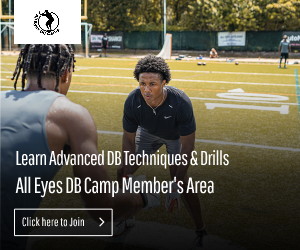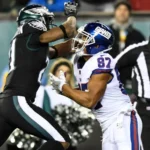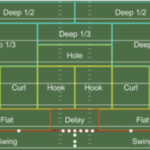Search Your Defensive Back Topic
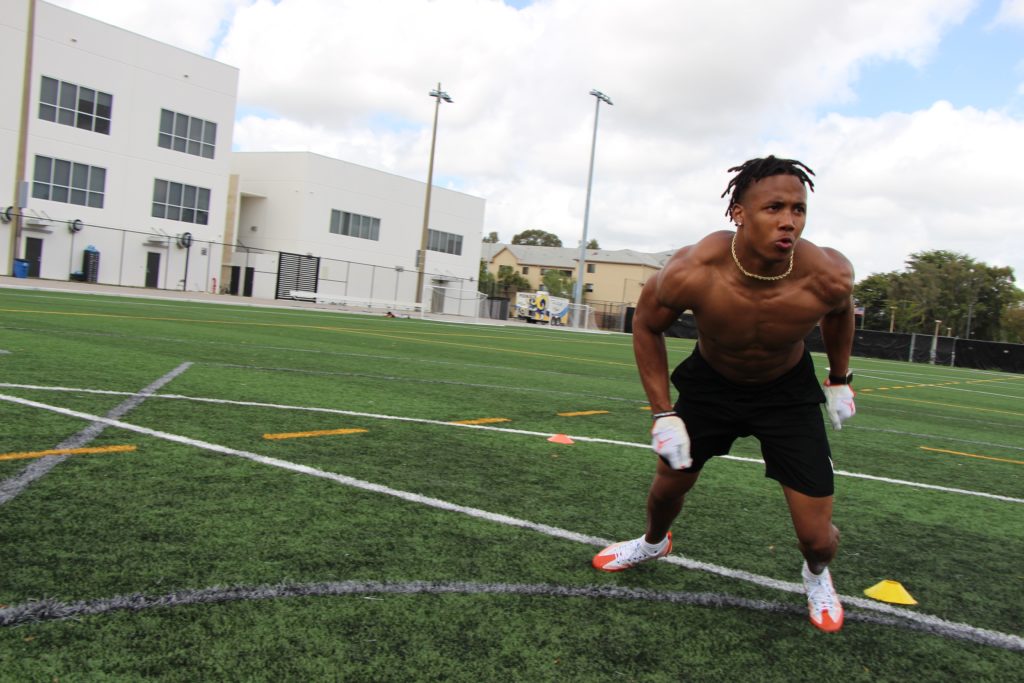
I’m Locked up in the House! 3 Ways to Get Better Playing Defensive Back
When the 2019 season was ending and you were talking about becoming a lockdown DB in 2020, being locked up in the house was not what you were envisioning. This whole coronavirus mess is disheartening for sure but like any good coach or player, what you need t...
Read More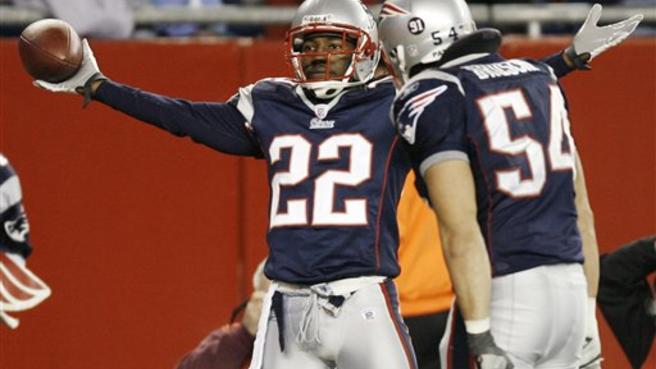
Know Your DB History: Asante Samuel
The NFL has had it’s fair share of outstanding defensive backs that’s for sure. Some receive more notoriety than others for any number of reasons. One that is perhaps a little underrated is Asante Samuel. Samuel grew up in Ft. Lauderdale, Florida and at...
Read More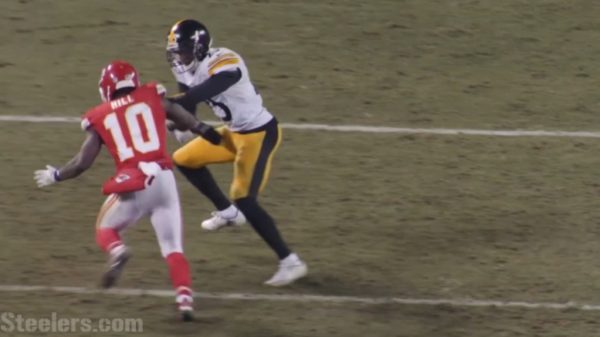
Effective Press Man Coverage Using a Kick Slide
I’ve watched 1000’s of defensive back press reps on film and aside from poor eye discipline, the next most common mistake made by inexperienced defensive backs is not executing a kick slide in their press rep. The reason for the lack of a kick slide in the re...
Read More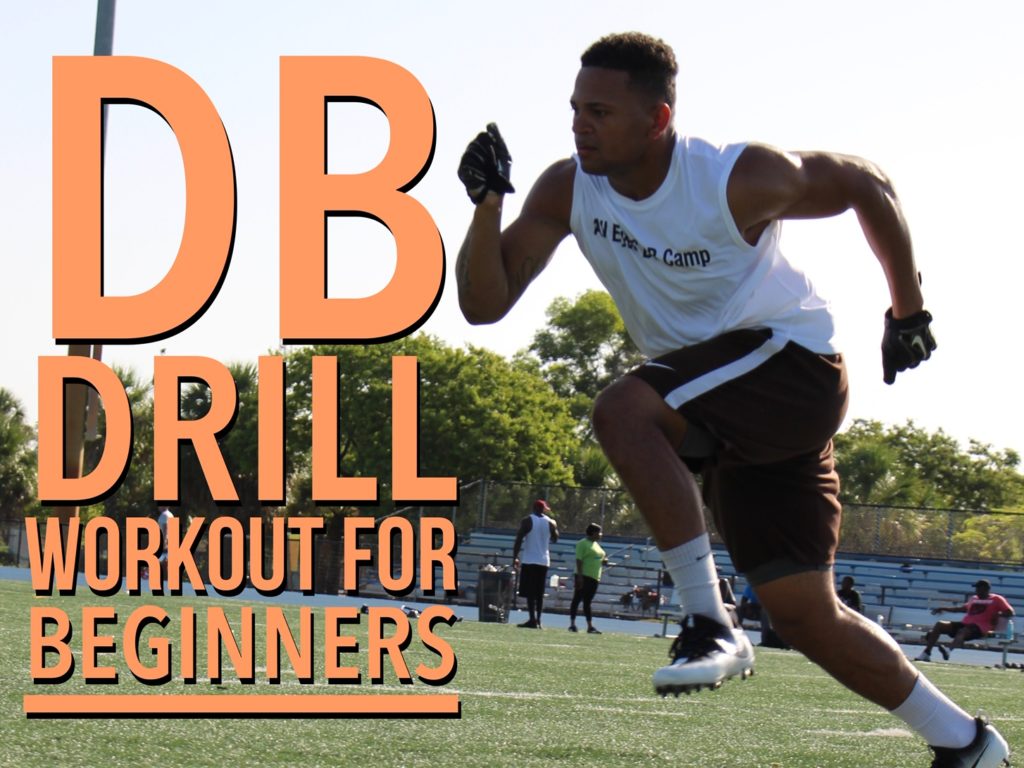
DB Drill Workout for Beginners
I was asked recently by one of my members what would be a good schedule of drills for him to do if he was learning how to play defensive back. Often times the question voiced by one person is the one in the head of many. With that in mind, I have decided to p...
Read More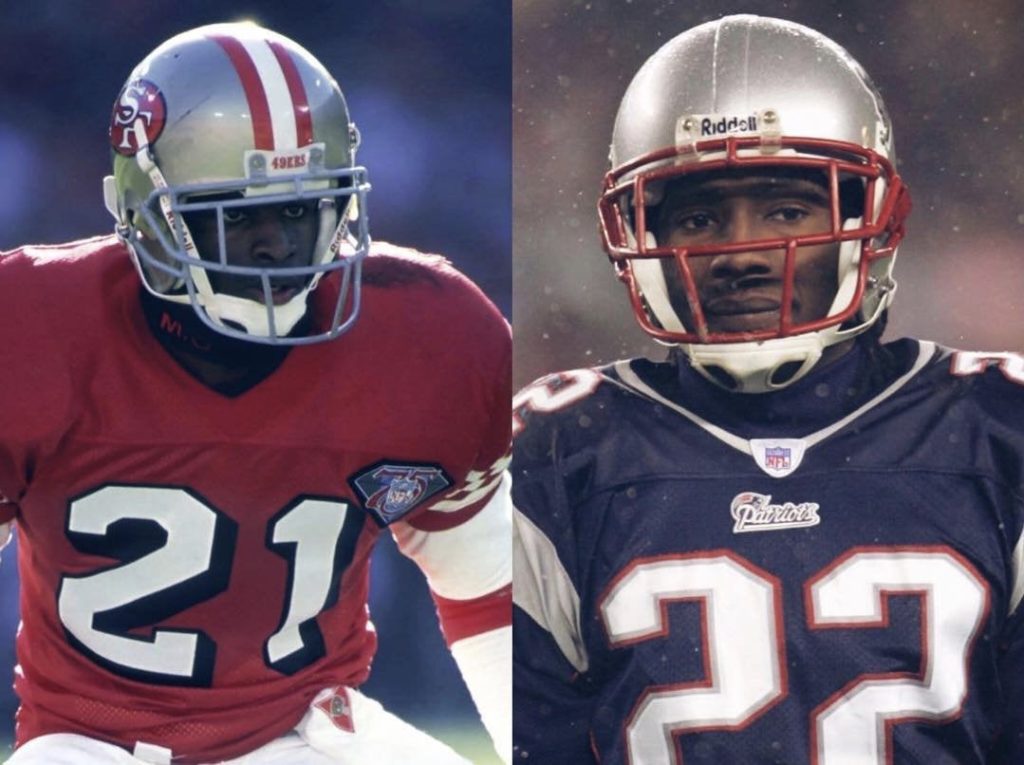
To T-step or Not to T-step
I didn’t start this, Deion did. This has become an annual thing as the GOAT, Deion Sanders, narrates the action at the NFL combine. One thing you can bet on every year will be Deion voicing his displeasure for the T-step but is the GOAT right on this one? One thing is fo...
Read More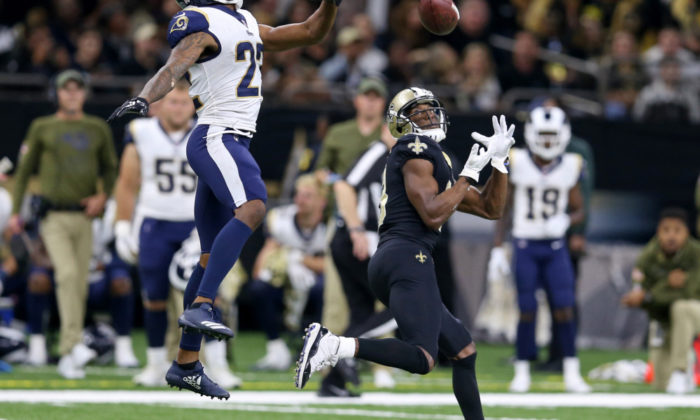
3 Things to Do After You Get Beat Playing DB
There’s an elephant in the room if you play DB. If she isn’t there now, she’ll be there shortly. Sooner or later if you play DB, the elephant is going to show up. That Elephant’s name is touchdown and you invited her. ...
Read More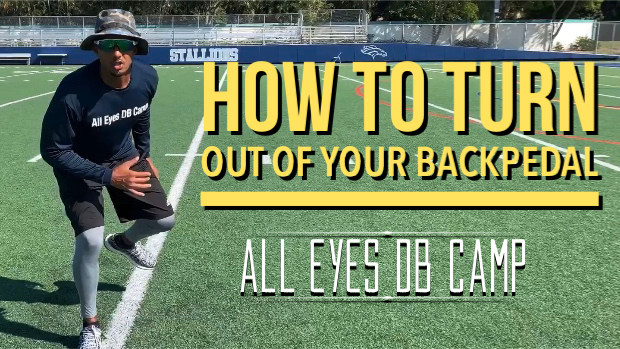
Tired of Getting Bombed? Check Your Turn
Football is a game made up of a bunch of techniques and movements designed to give one man an advantage over another in hopes of making a play. At no position is that more obvious than at defensive back. Despite what I wrote in that first paragraph, many a defensiv...
Read More
Inside the Playbook | What Do Those Personnel Numbers Mean?
You may have heard your coach saying it or maybe you’ve even heard announcers on TV say it during a game. “The offense has come out in 11 personnel”. Perhaps it’s something you have ignored in the past but if you are playing ball, espe...
Read More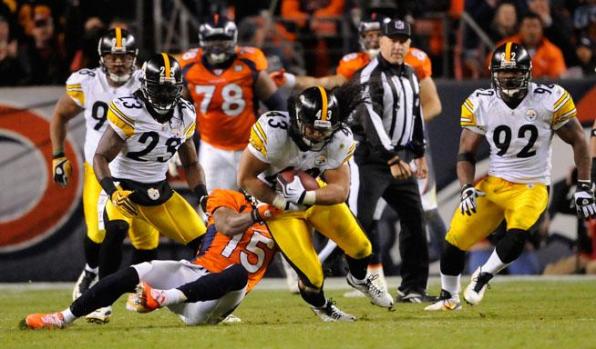
Know Your DB History: Troy Polamalu
Many of our most recent generation may only know Troy Polamalu for his hair but he was so much more than that on the football field. Though he was born in California, Polamalu played his high school football in the state of Oregon. Oregon is hardly a hotbed for col...
Read More
